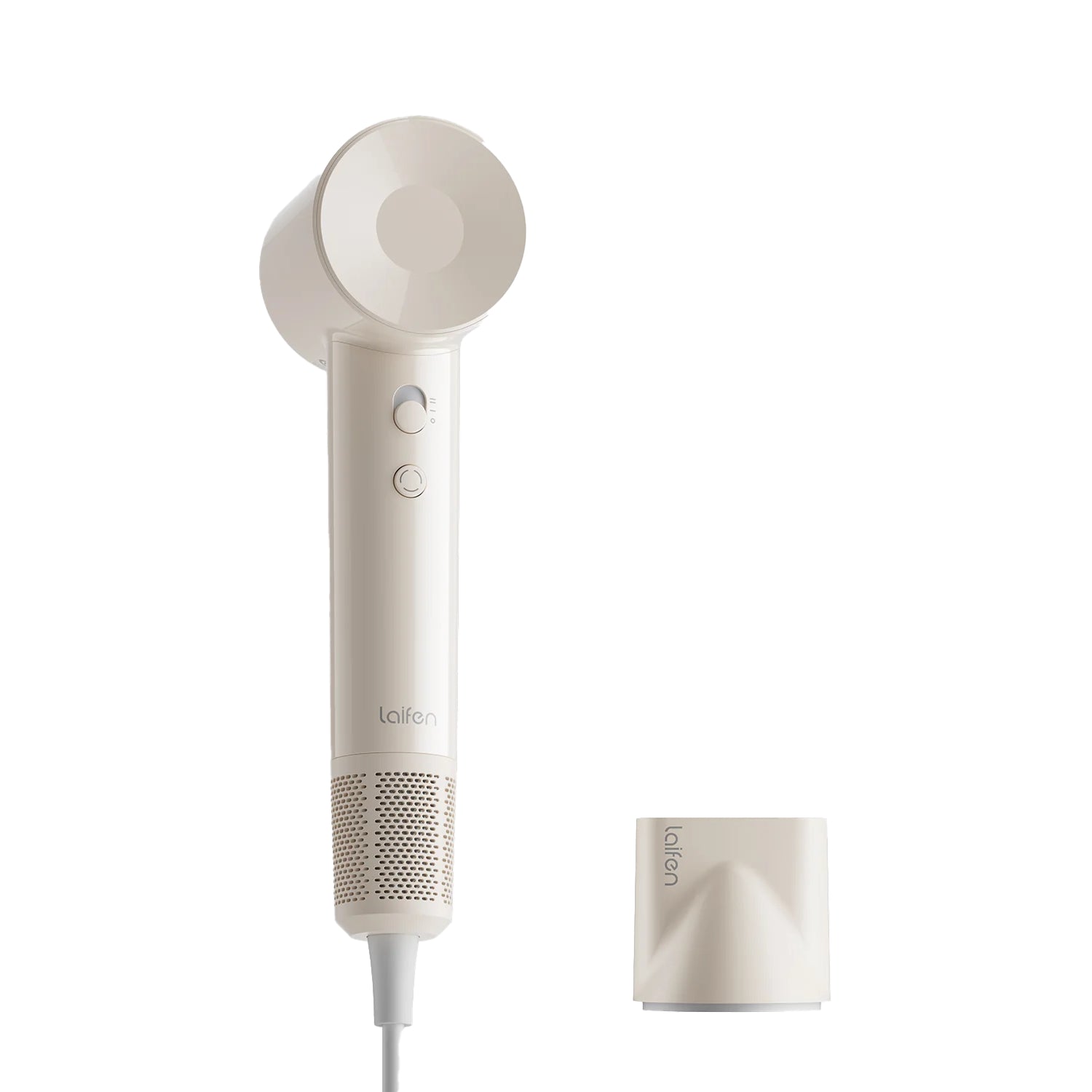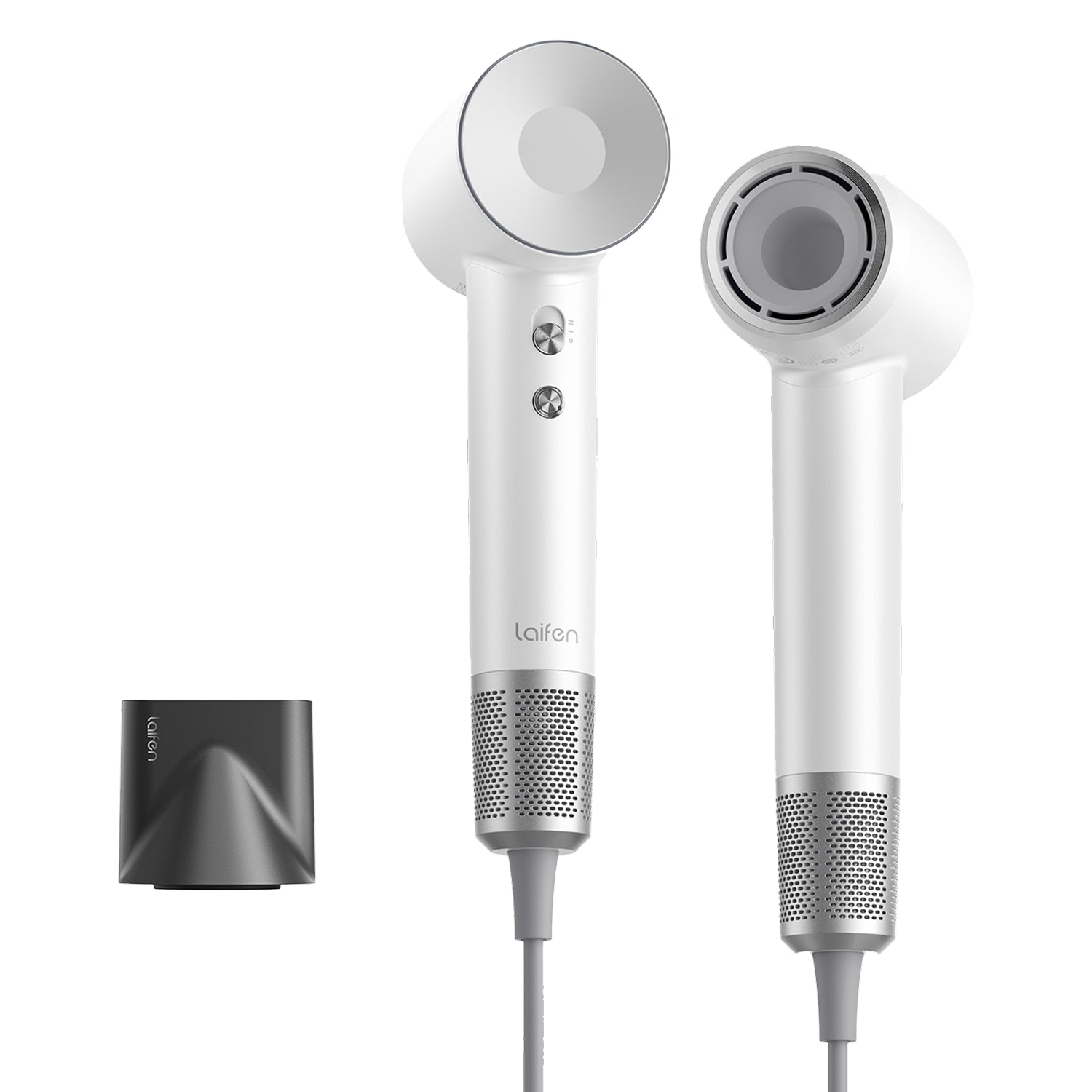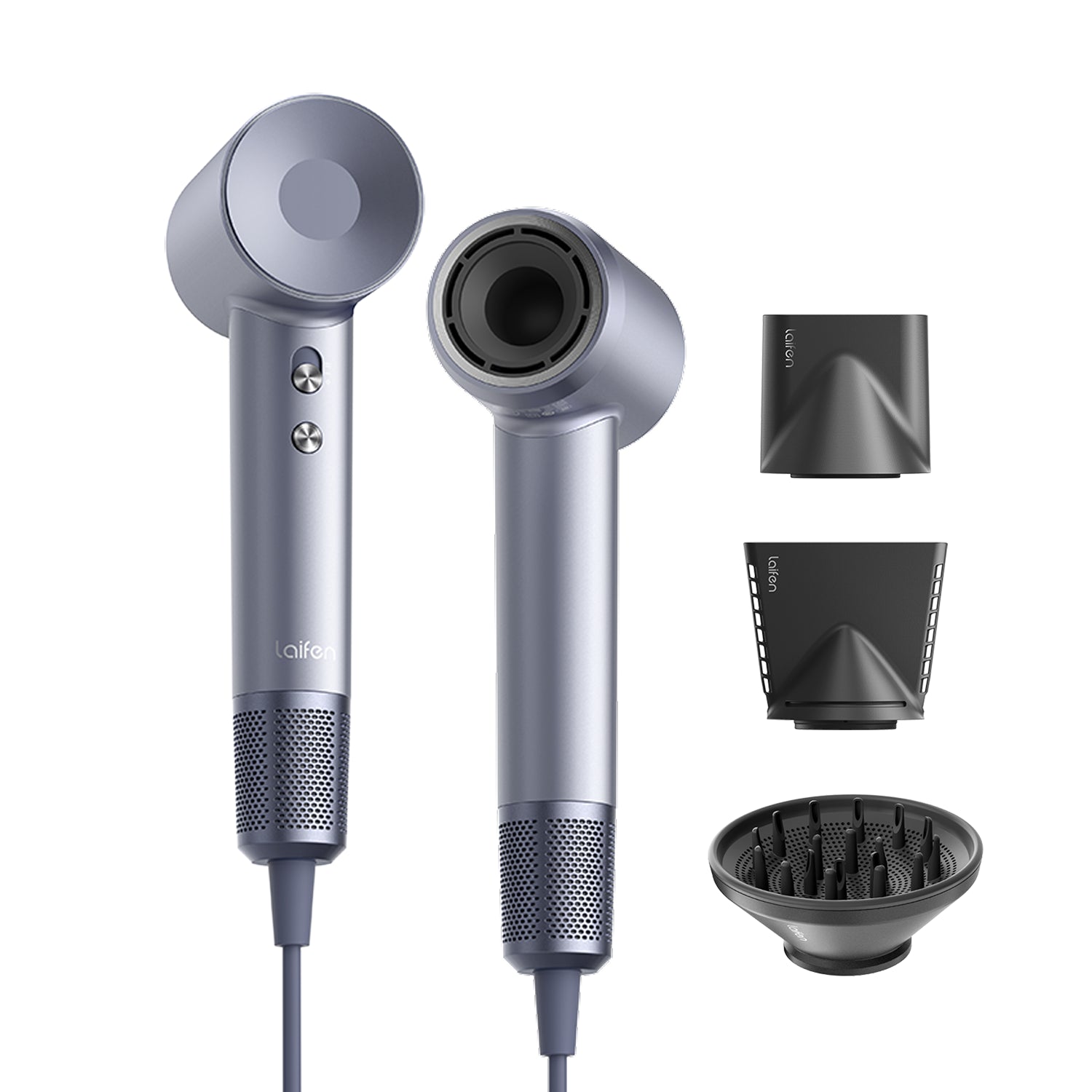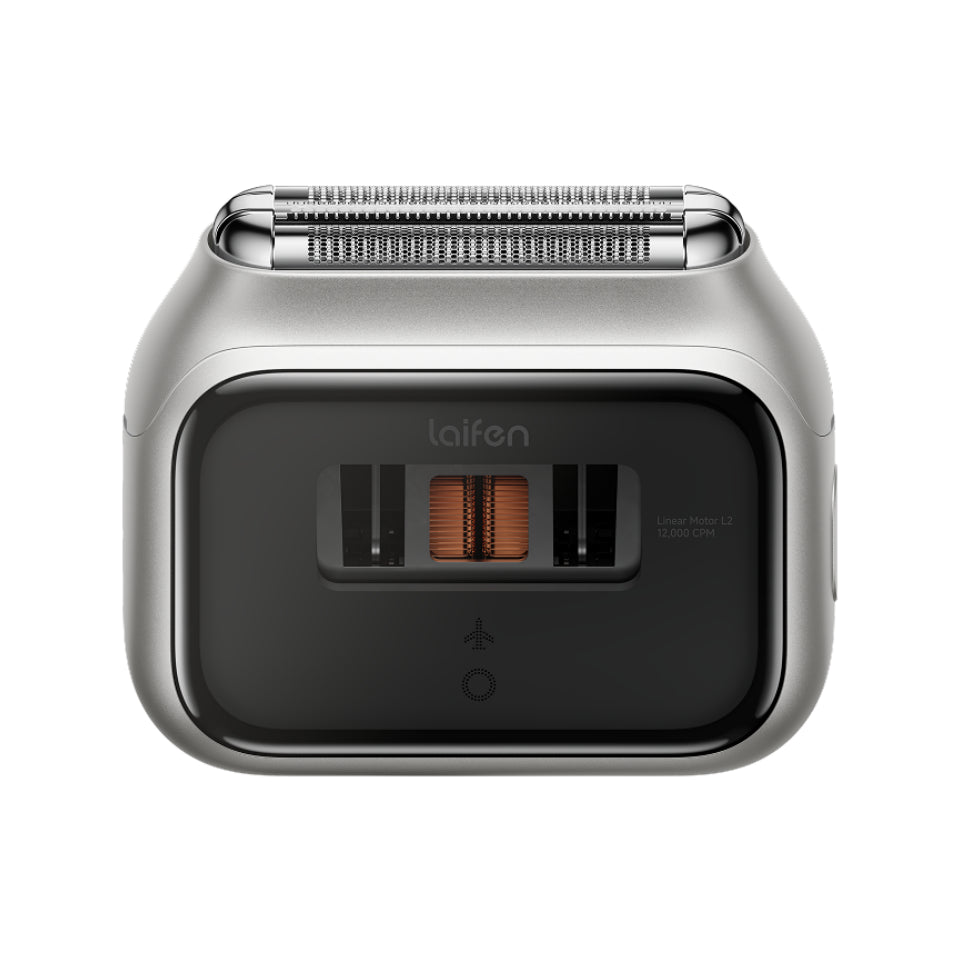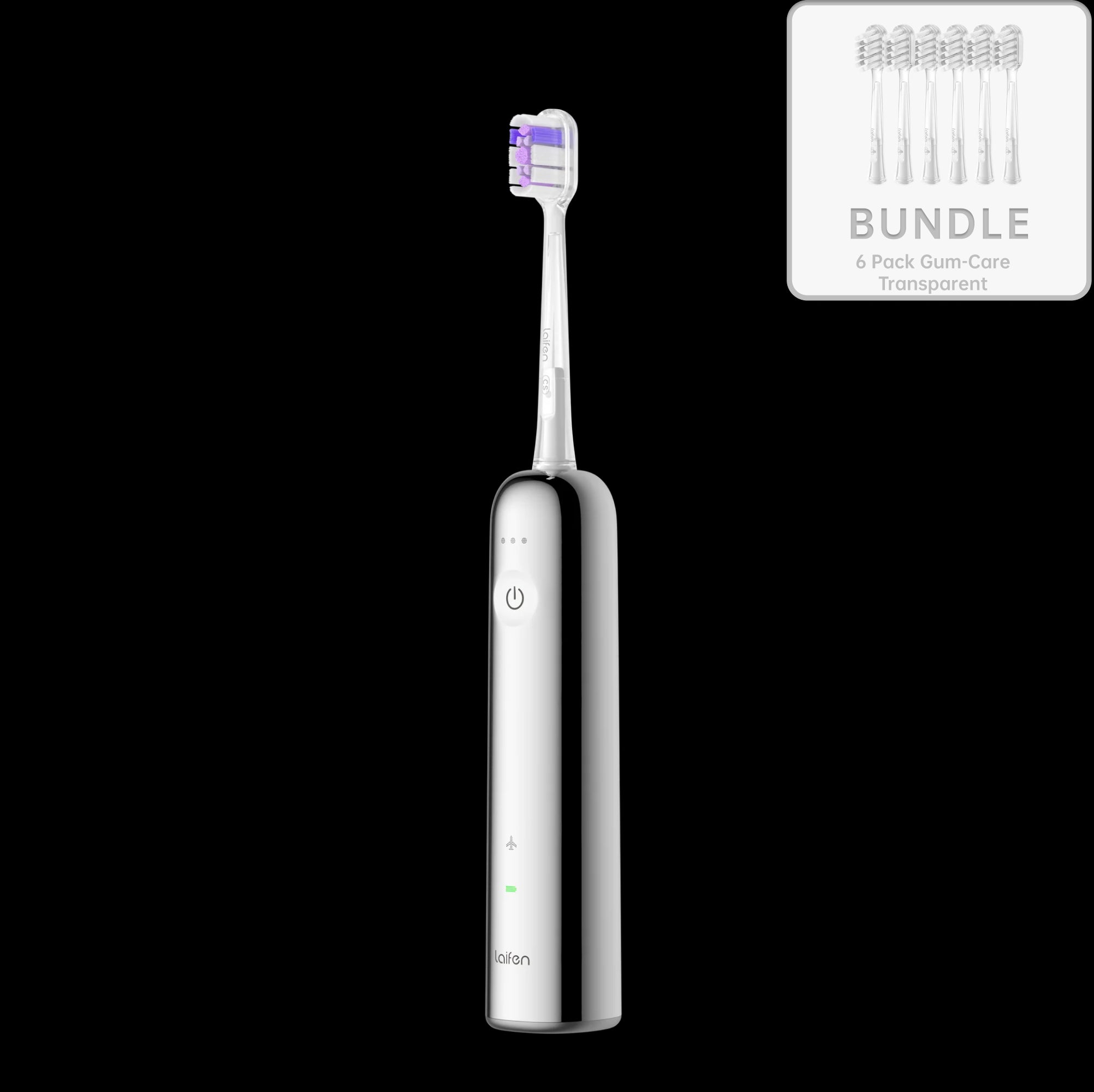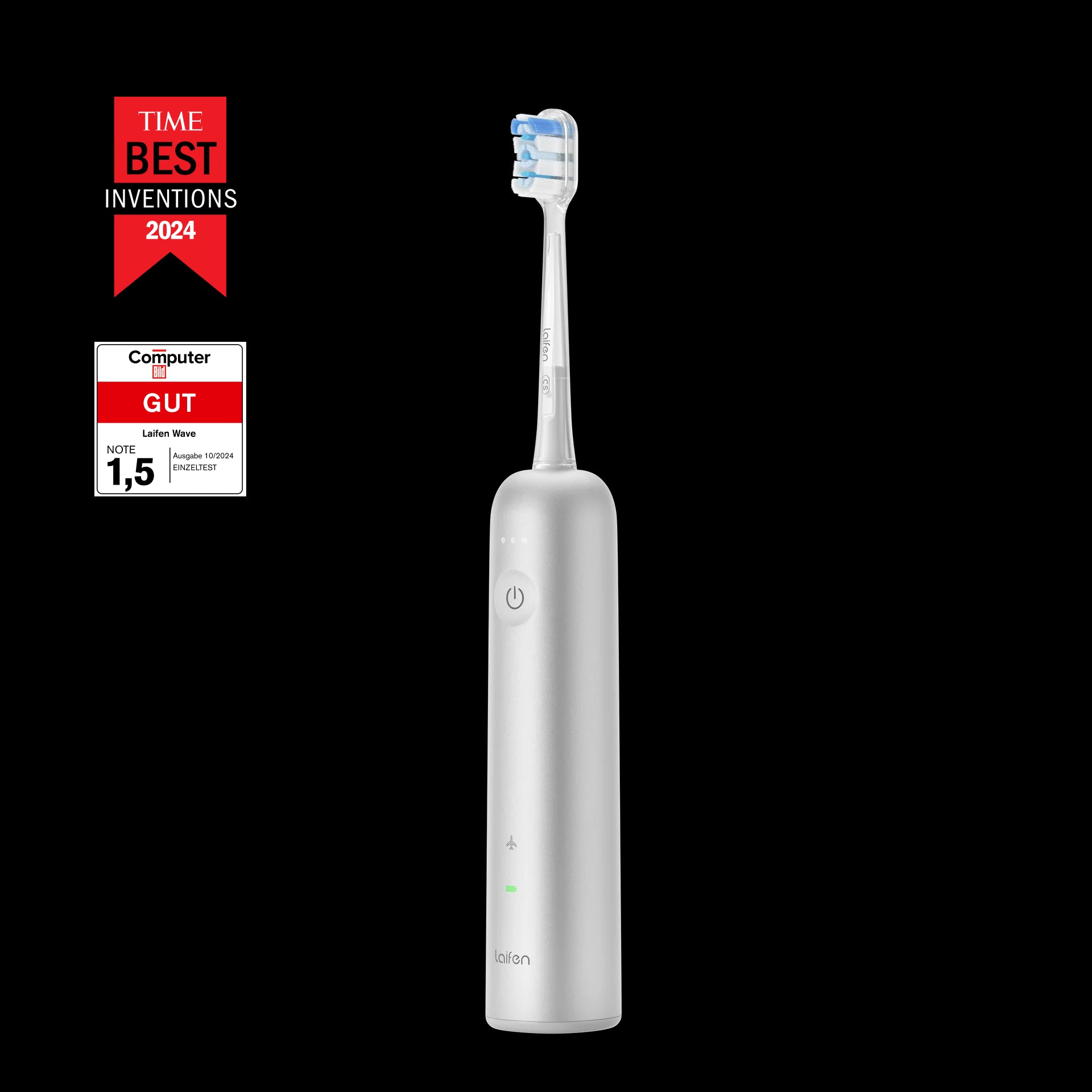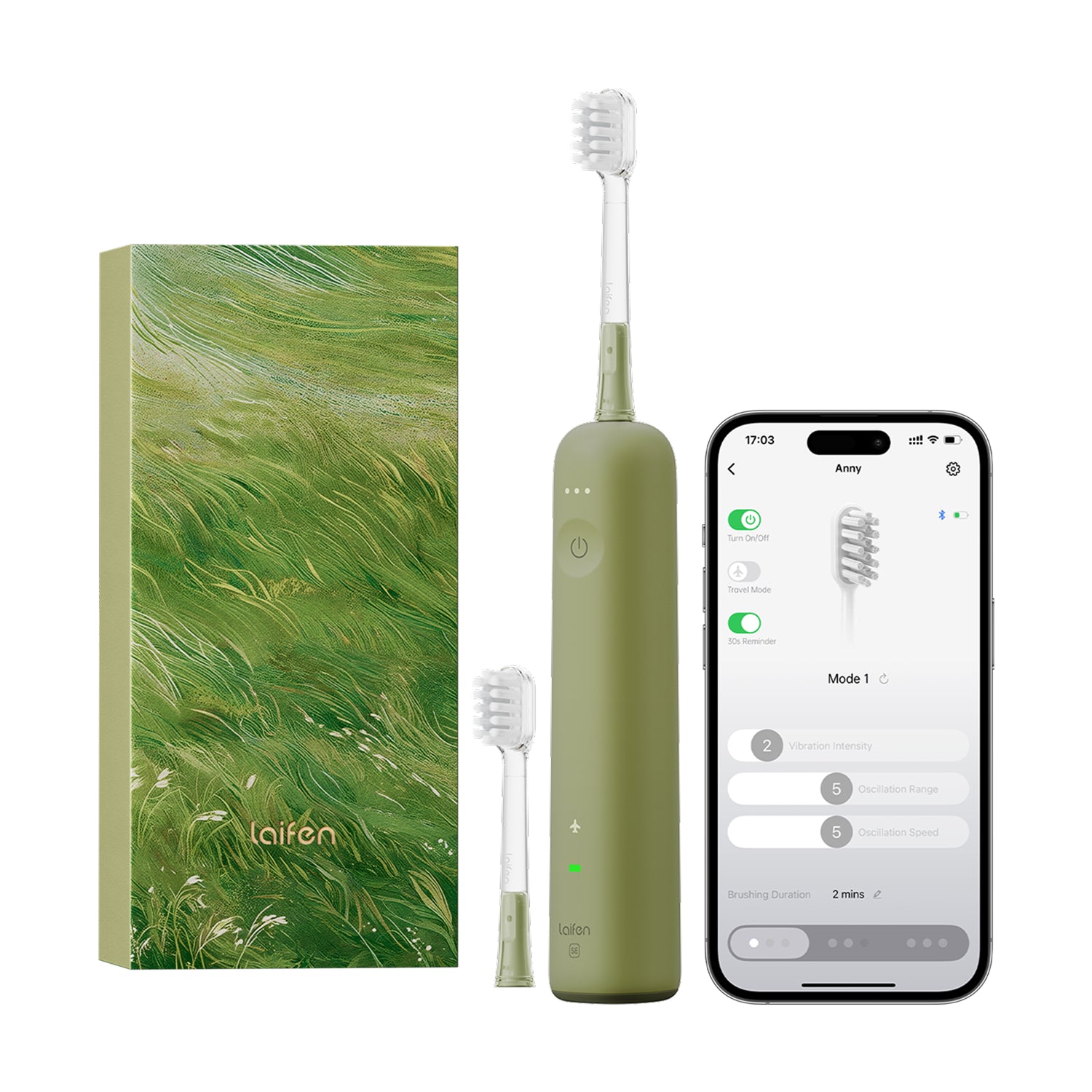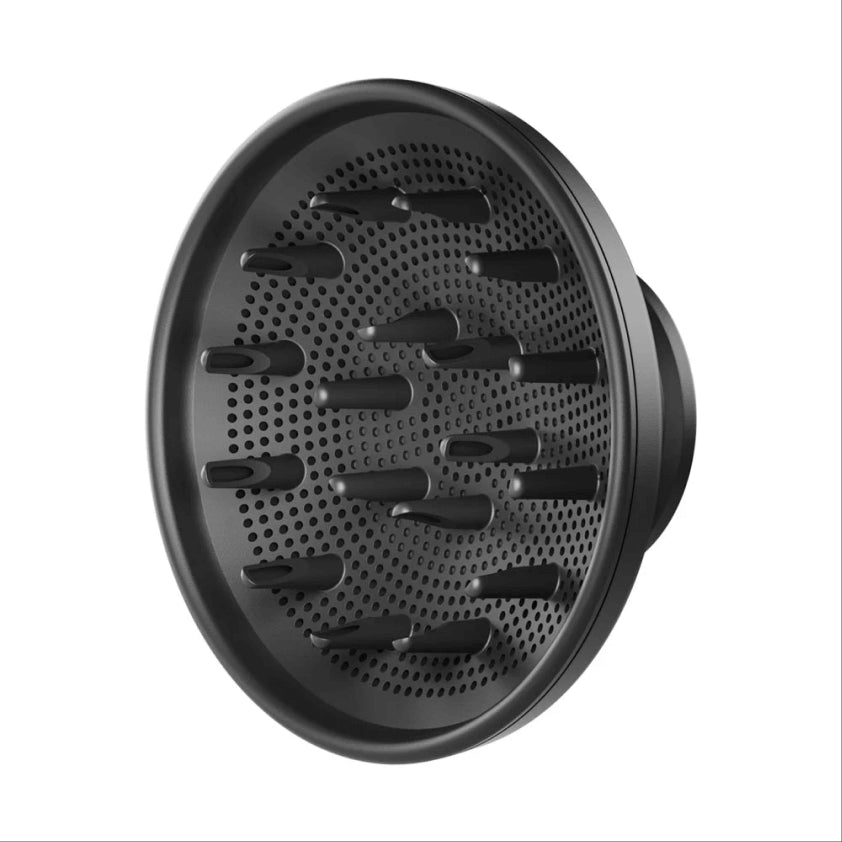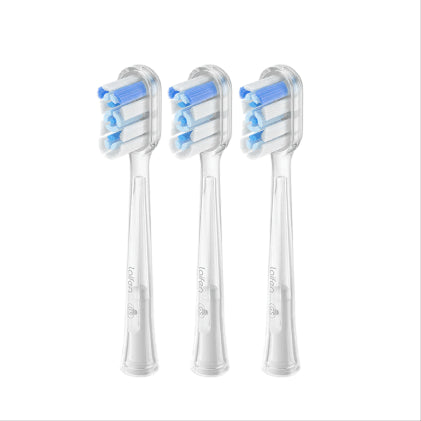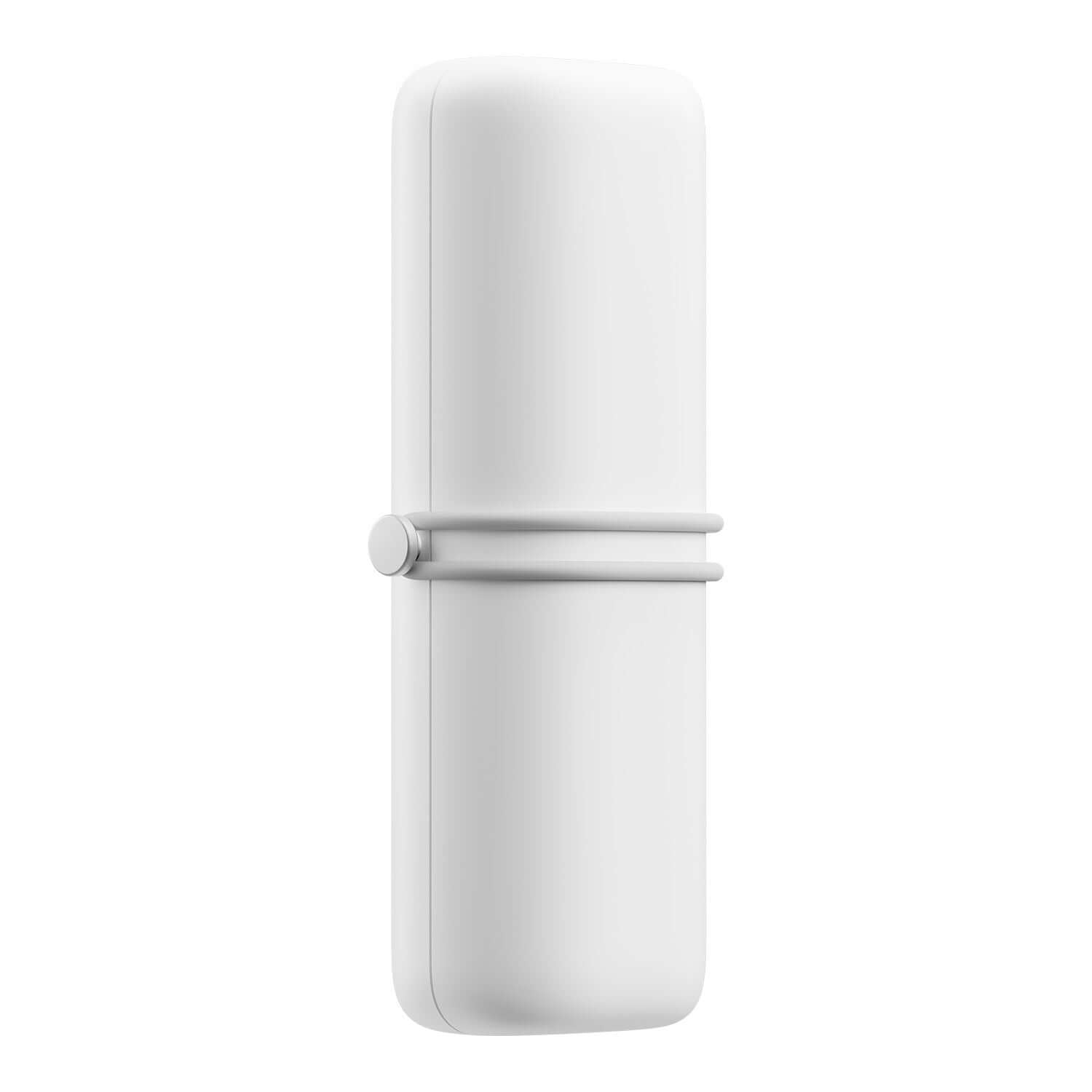
In this article
"Is tooth pain a symptom of pregnancy?" - Isabella Morgan
During pregnancy, we need to pay attention to every aspect of your health, including dental issues like toothaches. Hormonal changes can make gums more sensitive and prone to inflammation, and thus causing a sort of discomfort.
Studies suggest that up to 40% of pregnant women experience some form of periodontal disease, which can cause tooth pain.
To learn more about the causes, treatments, and home remedies for pregnancy-related tooth pain, continue reading our comprehensive guide. Your dental health is just as important as your overall well-being during this special time.
Can tooth pain be a kind of sign of pregnancy?
Tooth pain itself is not a direct sign of pregnancy, but hormonal changes during pregnancy can lead to dental issues that cause discomfort. Increased levels of progesterone and estrogen can make gums more sensitive and prone to inflammation, known as pregnancy gingivitis. This can result in swollen, tender gums and tooth pain.
Morning sickness and changes in diet can increase the risk of tooth decay and enamel erosion, contributing to dental discomfort. While tooth pain alone isn't a definitive sign of pregnancy, it can be a symptom of the various changes happening in your body during this time.
What causes teeth pain for pregnant?
Tooth pain during pregnancy can result from several factors, primarily related to hormonal changes and their impact on oral health. Here are some common causes:
Hormonal changes
Elevated levels of progesterone and estrogen can increase blood flow to the gums. Consequently, your gums will become more sensitive, swollen, and prone to bleeding.
Hormonal changes can lead to inflammation of the gums, known as gingivitis, causing pain and discomfort.
Morning sickness
Frequent vomiting can expose teeth to stomach acids, and thus creating enamel erosion and increased sensitivity or tooth decay.
Dietary changes
Pregnancy cravings for sugary or acidic foods can contribute to tooth decay and gum disease if oral hygiene is not maintained.
Increased blood flow
The increased blood volume during pregnancy can cause the gums to swell.
Calcium deficiency
The developing baby requires calcium, and if the mother's diet is lacking, it can affect her dental health and make weaker teeth and increased risk of cavities.
Early pregnancy symptoms in dental
These symptoms are common in early pregnancy due to hormonal fluctuations and changes in the body. Find more details in this part.
|
Symptom |
Description |
Cause |
Prevention/Treatment |
|
Pregnancy gingivitis |
Inflammation of the gums-redness, swelling, and bleeding |
Increase hormone levels (progesterone, estrogen) |
Regular brushing and flossing |
|
Tooth sensitivity |
Increase sensitivity to hot, cold, or sweet foods |
Hormonal changes affecting gum and tooth sensitivity |
Use sensitive toothpaste; avoid trigger foods |
|
Gum swelling |
Gums may become swollen and tender |
Increase blood flow and hormonal changes |
Gentle brushing; rinse with salt water |
|
Increased plaque |
Higher risk of plaque buildup and gum disease |
Changes in oral pH and immune response |
Regular professional cleanings |
|
Mouth sores |
Small ulcers or sores may develop in the mouth |
Hormonal changes and stress |
Avoid spicy/acidic foods; use mild mouthwash |
|
Dry mouth |
Reduce saliva production leading to dryness and discomfort |
Hormonal changes affecting saliva glands |
Stay hydrated; use saliva substitutes |
|
Tooth decay |
Add the risk of cavities |
Cravings for sugary foods; morning sickness |
Limit sugary foods; rinse after vomiting |
Teeth care tips during pregnancy
Taking care of your teeth during pregnancy is super important because those hormone changes can really mess with your gums and teeth. Just let your dentist know you're pregnant, and they'll keep an eye on any issues like gum disease or cavities. You need to find a dentist who can help you once you need him or her.
And don't slack on brushing and flossing—do it twice a day with fluoride toothpaste, and maybe add in an antibacterial mouthwash to keep plaque at bay.
Eating well is key, too. But easting correctly is more important. You should load up on calcium-rich foods like milk, cheese, and yogurt to keep your teeth strong. I know those pregnancy cravings can be intense, but try to go easy on the sugary snacks—they can cause tooth decay.
If you're dealing with morning sickness, rinse your mouth with water or fluoride mouthwash after you throw up to get rid of the acid, but don't brush right away to protect your enamel.
Home remedies for tooth pain
If you cannot stop tooth pain, try the following ways.
Saltwater rinse
Mix 1/2 teaspoon of salt in a glass of warm water. Swish the solution in your mouth for about 30 seconds and then spit it out.
Why: Saltwater helps reduce inflammation and can promote healing in oral wounds.
Cold compress
Wrap a bag of ice or a cold pack in a cloth and apply it to the affected area for 15-20 minutes.
Why: A cold compress can numb the area and reduce swelling and inflammation.
Clove oil
Dab a small amount of clove oil onto a cotton ball and apply it directly to the affected tooth. Alternatively, mix a few drops of clove oil with a carrier oil (like olive oil) and apply.
Why: Clove oil contains eugenol, which has natural anesthetic and antibacterial properties.
Hydrogen peroxide rinse
Mix equal parts 3% hydrogen peroxide and water. Swish the solution in your mouth for about 30 seconds and then spit it out.
Why: Hydrogen peroxide can help reduce pain and inflammation, and it has antibacterial properties.
Garlic
Crush a garlic clove to create a paste and apply it to the affected area. You can chew a clove of fresh garlic.
Why: Garlic has antibacterial properties and can help reduce pain.

